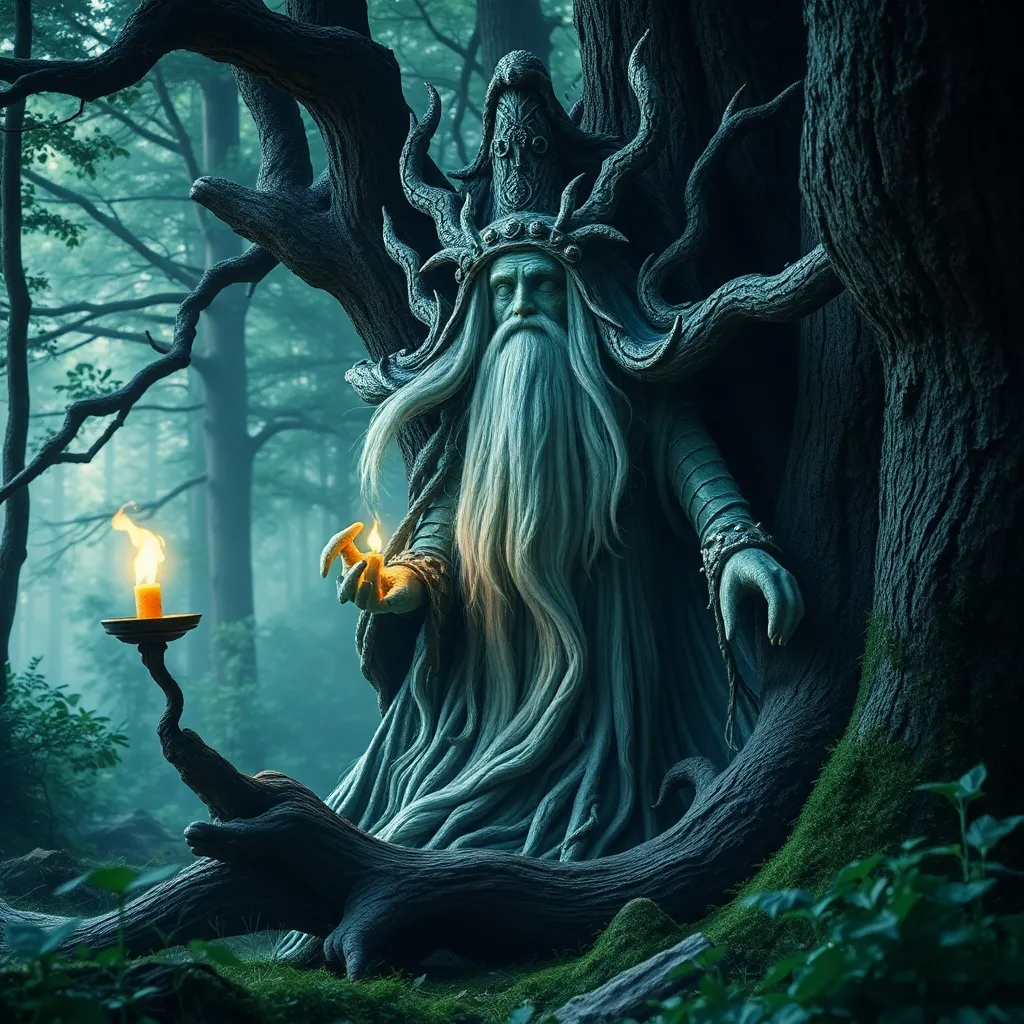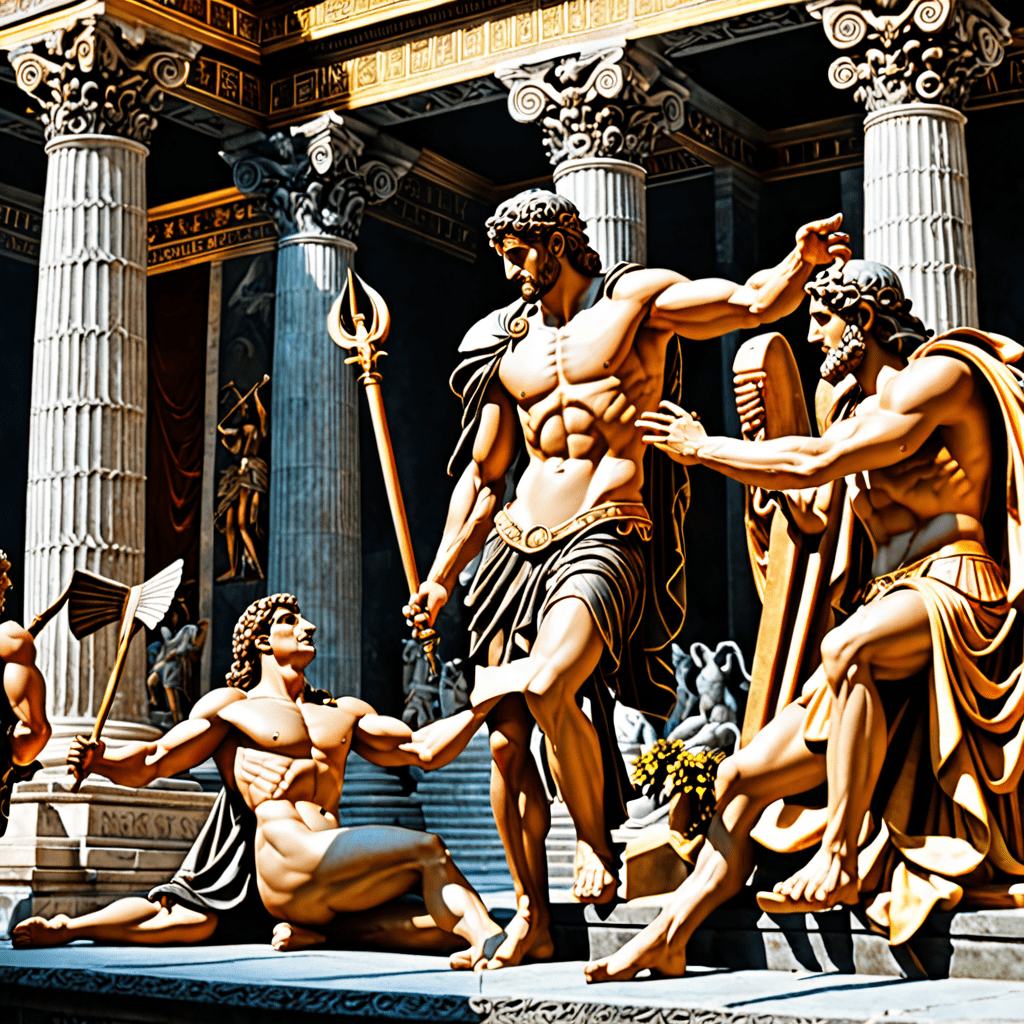Baba Yaga: The Spirit of the Forest and the Guardian of Nature
I. Introduction
Baba Yaga is a prominent figure in Slavic folklore, characterized as a mysterious old woman who lives in the forest. Often depicted as a fearsome witch, she embodies the complexities of nature and the forest itself. Her figure serves as a cultural symbol representing both the nurturing and perilous aspects of the natural world.
The significance of Baba Yaga goes beyond mere tales; she is a reflection of the dualities of life and nature, playing a crucial role as a spirit of the forest and a guardian of its balance. This article will explore Baba Yaga’s dual role, illustrating her complex character and her enduring relevance within folklore and modern environmental discourse.
II. The Origins of Baba Yaga
The origins of Baba Yaga can be traced back to ancient Slavic mythology where she was initially viewed as a powerful goddess of fertility and death. Over time, the narrative surrounding her evolved, influenced by social and cultural changes within Eastern European societies.
Different regions have their interpretations of Baba Yaga. For instance:
- In Russian folklore, she is often depicted as a hag who flies through the air in a mortar.
- In Polish tales, she may take on a more benevolent role, assisting heroes on their quests.
- Ukrainian stories sometimes portray her as a cunning trickster.
This evolution reflects the diverse cultural landscapes of Slavic nations and highlights how folklore adapts to societal values and beliefs.
III. Baba Yaga’s Connection to the Forest
Baba Yaga is famously known for her dwelling, which is described as a hut that stands on chicken legs, allowing it to move throughout the forest. This unique abode symbolizes her deep connection with the wilderness and the unpredictable nature of life.
In Slavic culture, the forest symbolizes a realm of mystery and danger, where both life and death coexist. Baba Yaga embodies this duality, serving as a protector of the natural world. She is often seen as a gatekeeper, guiding those who respect nature and punishing those who exploit it.
IV. Mythical Attributes and Powers
Baba Yaga is traditionally depicted as an old woman with a bony, skeletal appearance, often with iron teeth. These physical characteristics convey her connection to death and the afterlife.
Her magical abilities are vast and varied, including:
- Control over nature, allowing her to summon storms or calm winds.
- Transformation abilities, granting her the power to change her appearance at will.
- Mastery of herbal knowledge, which she uses for healing or cursing.
One of her most iconic attributes is her ability to fly in a mortar, using a pestle as an oar. This imagery reinforces her connection to the earth and the natural elements, showcasing her as a powerful figure who traverses both the physical and spiritual realms.
V. The Dual Nature of Baba Yaga
Baba Yaga’s character embodies both danger and wisdom. She is a harbinger of fear, but also a source of knowledge and guidance. This dual nature reflects the balance between nurturing and destructive forces inherent in nature.
Numerous stories highlight her duality:
- In some tales, she aids heroes by providing them with magical items or advice.
- In others, she poses challenges that test the character and resolve of those who encounter her.
Through these narratives, Baba Yaga teaches valuable lessons about respect for nature, the importance of bravery, and the wisdom found in facing one’s fears.
VI. Baba Yaga as a Guardian of Nature
Within folklore, Baba Yaga plays a role in environmental stewardship, serving as a symbol of the need to maintain harmony with the natural world. Her character embodies the idea that nature must be respected and that those who disregard its balance face consequences.
Lessons learned from encounters with Baba Yaga often emphasize:
- The importance of humility in the face of nature’s power.
- Understanding the interconnectedness of all living things.
- Recognizing the value of wisdom and learning from the past.
In modern interpretations, Baba Yaga is increasingly viewed as a figure representing environmental issues, inspiring movements that advocate for the protection of nature and the importance of sustainability.
VII. Baba Yaga in Contemporary Culture
Baba Yaga’s influence extends beyond folklore into contemporary culture, appearing in literature, film, and art. She has been reimagined in various forms, from children’s stories to horror films, capturing the imagination of new generations.
Her character has also inspired modern environmental movements, with many drawing parallels between her guardianship of nature and current ecological concerns. Artists and writers are reinterpreting Baba Yaga as a symbol of ecological wisdom, urging society to reconnect with nature and respect its boundaries.
VIII. Conclusion
Baba Yaga remains a significant figure as both a spirit of the forest and a guardian of nature. Her dual nature reflects the complexities of the natural world, serving as a reminder of the delicate balance between nurturing and destruction.
Preserving folklore like that of Baba Yaga is essential in contemporary society, as these stories connect us to our cultural heritage and the wisdom of our ancestors. Engaging with nature and embracing folklore traditions can lead to a deeper appreciation for the environment and the lessons it holds.
We encourage readers to explore the stories of Baba Yaga and other cultural figures, fostering a connection with both nature and the rich tapestry of human history.




